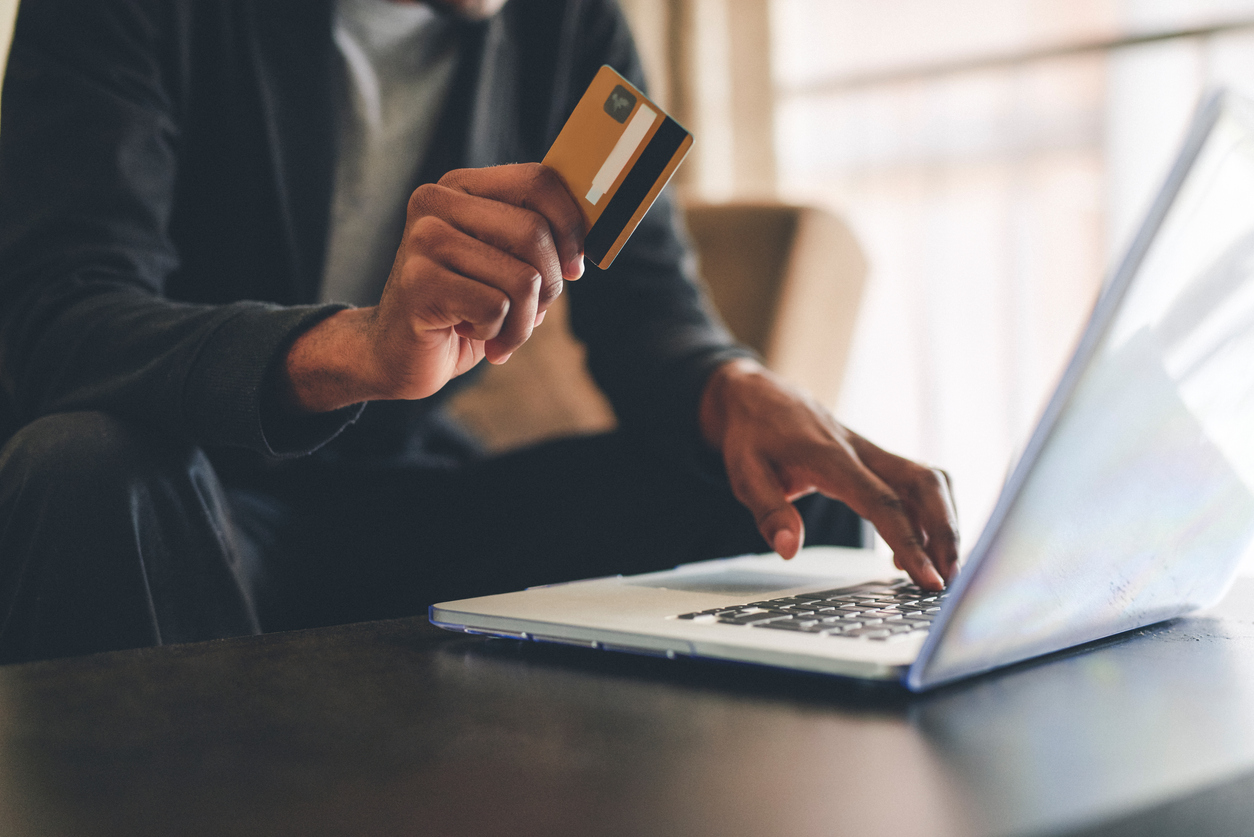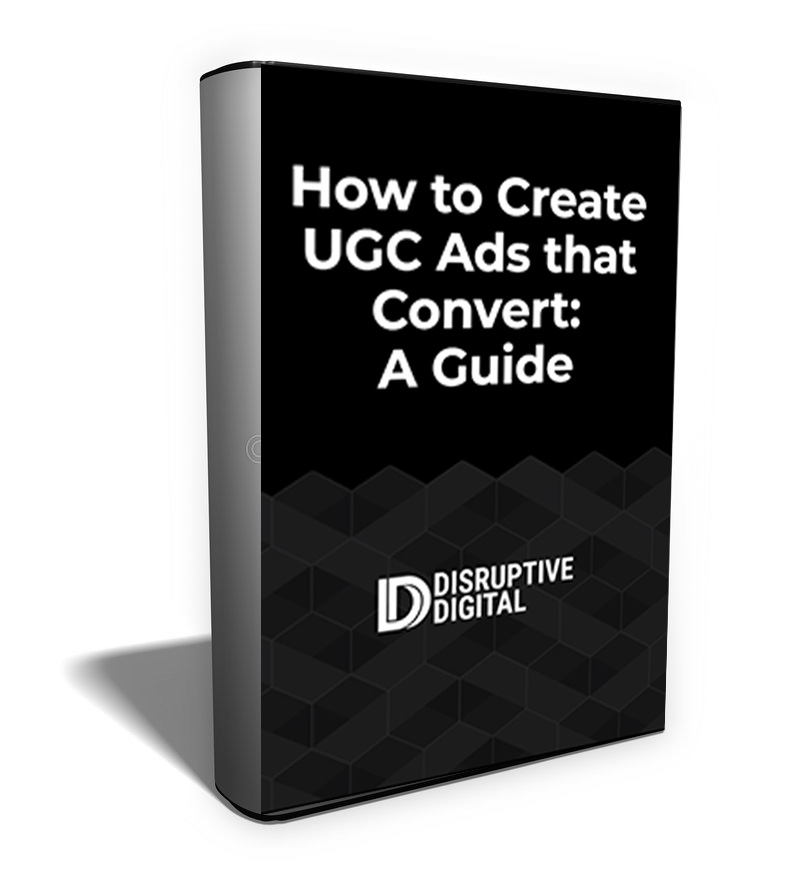In eCommerce marketing, gaining awareness and attention is only part of the equation. Sustainably growing revenue over time means finding ways to translate that attention into higher average order values.
Getting to that point, of course, is complex. Product page optimizations, promotions, free shipping thresholds, and other tactics can all help towards achieving that goal. At the same time, it’s vital to not lose track of one important component that can play a core role in the larger goal: payment options.
Gone are the days when eCommerce merchants could simply offer a credit card option and hope for the best. Today’s online shoppers expect convenience above all, with payment types and options tailored to their personal preferences.
In this guide, we’ll cover the many ways in which you accommodate this audience. Learn how you can repackage your on-page payment options, incentivizing higher cart levels and increasing your AOV in the process.
1. Tailor Your Payment Options to Your Audience
Across demographics, eCommerce audiences tend to be consistent in the types of payment options they prefer when shopping online:
- 30% of shoppers preferred paying via credit card
- 30% of shoppers preferred paying via digital or mobile wallet
- 21% of shoppers preferred paying via debit card
- 8% of shoppers preferred paying via charge or deferred debit card
- 6% of shoppers preferred paying via direct bank transfer
- 2% of shoppers preferred paying via a “buy now, pay later” installation system
- 1% of shoppers preferred paying via a cash-on-delivery system.
Other studies showed slight differences in the exact percentages, but otherwise found much of the same trend. Credit cards and mobile wallets lead the pack, with other payment systems close enough to at least be relevant to eCommerce shoppers.
The data gets interesting, though, once different demographics come into play. For example, while direct bank transfer accounted for just 8% of U.S. transactions, it was the preferred option (even above credit cards) for multiple European countries. The American equivalent, ACH or e-check, has also become popular among older demographics who favor it over digital and mobile wallet solutions.
Younger audiences, meanwhile, are gravitating to more agile payment options, including (but not limited to) cryptocurrency. Using digital and mobile wallet gateways, they are beginning to drag crypto into the mainstream, making it increasingly relevant for eCommerce merchants looking to attract millennials and members of Gen Z.
The lesson, then, is clear: to maximize and incentivize higher cart levels, offering payment options preferred by your audience is absolutely crucial. The more comfortable they feel with the options presented to them, the more likely they will become to spend a more significant amount on your store. Tailoring your options to your audience also avoids overwhelming your audience with so many options that they don’t know where to look first, which would introduce friction into the buying process.
Of course, that includes making these payment options as clearly visible as possible on your product and conversion pages. The earlier an older or European shopper knows that you accept direct bank transfers, or a millennial discovers that you accept payment gateways managing cryptocurrency, the more likely they will become to add that extra product to their cart.
Find more statistics at Statista
2. Leverage Direct Payment Gateways Like PayPal
Alongside traditional payment methods, new direct payment gateways have emerged over the past decade to make online shopping, and financial transactions in general, more convenient for consumers. PayPal especially is a great example of how a fintech tool can ease the experience, reduce friction, and make that crucial click on the “add-to-cart” button more likely:
At its core, PayPal is a gateway instead of a payment method in its own right. Any user with an account can connect their preferred payment method on the backend, including credit or debit cards, direct bank transfers from checking or savings account, and even emerging options like cryptocurrency. For international shoppers, it also offers a more straightforward way to pay without expensive wire transfer or international credit card fees.
And of course, PayPal isn’t the only name in the direct payment tool game. Even though it holds a 76% marketshare in the digital wallet space, other options include Amazon Payments (24%), VisaCheckout (15%), Google Wallet (14%), Apple Pay (12%), and MasterCard PayPass (9%). Regionally, AliPay and WeChat dominate the market in Asia Pacific.
For the time being, PayPal remains the unquestioned market leader. Especially for demographics with a high propensity to use digital wallets, adding and promoting a PayPal payment option on your online store can thus make a significant impact. Active users can purchase products with just a few clicks, saving the trouble of typing in credit card or bank account numbers.
Especially for eCommerce merchants with older demographics, options like PayPal Guest Checkout can be beneficial. They allow shoppers to pay through the gateway without an account, requiring the manual entry of credit card information in the process.
This option, of course, introduces an extra step into the process and still requires manual credit card entry. As such, it’s best-used as an alternative for eCommerce merchants whose primary audience consists of younger shoppers with a secondary audience of older demographics, rather than those looking to focus exclusively or primarily focusing on audiences with a low likelihood of an active PayPal account.
3. Consider Mobile Commerce “Shortcuts”
It’s impossible to discuss any eCommerce trends without the rapid shift to mobile that is occurring across most audiences and industries. Mobile commerce now accounts for almost 45% of all eCommerce sales, and is still growing nearly 20% in the United States every year.
Audiences shopping on mobile devices have very different payment needs and expectations compared to their desktop counterparts. eCommerce has traditionally been built for a desktop-first experience, which explains why according to one report, conversion rates on large screens are more than double those coming from smartphones and tablets.
That, in turn, leads to a simple conclusion: if a significant portion of your audience shops on your online store via mobile device, their experience – and especially their payment experience – has to be optimized for mobile. That’s where mobile commerce “shortcuts” enter the equation.
The most obvious of these shortcuts, of course, is the mobile version of the digital wallet explained above: the mobile wallet. Apple, Google, Android, and PayPal have all built their own version of a solution in which users store payment information directly on their smartphone, accessible via a single app.
Online merchants, in turn, can leverage this trend towards the mobile wallet by making it an easy, one-click cart and purchase experience on their store. If users know that they can check out conveniently using their mobile wallet early in the shopping experience, they’ll become more likely to add items to their cart and increase their cart size in the process.
Of course, this is just one of multiple opportunities to build mobile shortcuts into the m-commerce experience. Mobile chatbots, for instance, offer automation possibilities to answer questions (including questions about payment options and safety) for users worried about complications in the check-out process. Meanwhile, features like Google Pay’s secure payment info storage can autofill credit card numbers based on user devices.
Another option for merchants to consider is a shortcut for shoppers to scan their credit card information using their phone’s camera instead of having to manually enter it. Thanks to AI, this technology is getting both more accurate and more secure and can further help to simplify the payment process for mobile users.
4. Reduce Friction Through Payment Installment Options
Naturally, the greatest friction point to a larger shopping cart, and ultimately a larger AOV, is available funds on behalf of their user. Internal thresholds for how much users want to spend differ based on industry, demographic, and more; but, once that threshold is reached, it’s difficult for a merchant to be persuasive about adding more items to the cart.
One recent trend is beginning to reduce that friction point: payment plans. These plans allow shoppers the option to either pay a small sum upfront and regular installment after that similar to a loan or credit card, or defer payment altogether in a “buy-now, pay later” system similar to layaway models in brick and mortar stores.
Especially for younger audiences, this option is undeniably intriguing. Studies show that 76% of Americans would like to reduce their credit card debt, a trend that has accelerated since personal budgets tightened during the COVID-19 pandemic.

Source: Paypal
When asked specifically about no-interest installment plan options, younger audiences were especially receptive. While 70% of all shoppers would prefer this option over using a credit card, that number rose to 84% for both 18-24 and 25-40 age brackets.
Some experts even suggest raising the price of items purchased via an installment plan to increase AOV and profit margin for the order, while lowering the risk of missed or defaulted payments down the road. Of course, that might mitigate some of the enthusiasm that shoppers feel for payment plans, requiring testing to see if the benefits outweigh the costs of taking this extra step.
Regardless of the nuances involved, advertising the installment plan option on your store and product pages can make a significant difference for customers on the fence about product prices or order volumes. Services like Klarna and Affirm now offer these options, and even PayPal has entered the game with a 4-installment, no-interest option for any users with an active account.
5. Use Loyalty Points as Tangible Value
The final option in lowering friction for customers on the fence about large cart amounts is especially relevant for online stores with high percentages of return customers. It involves a more active promotion of loyalty points, turning them into a virtual currency for store visitors to always see just how much they can use once they’re checking out.
The stakes are already tilted towards merchants with active loyalty programs. In a 2019 study, nearly 60% of global internet users cited earning rewards or loyalty points as one of the most important pieces of the eCommerce shopping experience – second only to a quick and easy checkout. That makes intuitive sense, considering the fact that 75% of internet users favor companies with active loyalty programs.
Most loyalty programs kick in after the purchase, showing earned points to new customers once the transaction has processed. At best, an online brand’s mobile app might have a loyalty tab for shoppers to review their points balance and potential rewards while shopping.
This strategy takes that process even further. Loyalty points translate to a set monetary value that comes into play during the checkout process. That value, in turn, is actively displayed near the ‘shopping cart’ button as part of the browsing experience, showing customers just how much less they have to pay should they check out the cart they’re currently filling.
While this step almost naturally increases cart sizes, it doesn’t necessarily result in immediate AOV increases because the overages in the cart tend to be equal or smaller than the loyalty points balance used to pay for the larger cart. However, this step promotes broader participation in the loyalty program in general, which has proven to increase AOV by an average of 13% – and up to 75% for top performers. It’s a long-term win for any eCommerce merchants looking to make the investment.
Creating a Streamlined Payment Experience to Incentivize Higher Cart Levels
While a variety of factors play into increasing average shopping cart sizes, payment options play an undoubtedly important role. Given the wide range of possible options available today, it pays to tailor your options to your audience – and optimize your system for digital wallets that include multiple possibilities, like PayPal and Apple Pay.
At the same time, it also pays to be more innovative. Payment installment plans are on the rise, as are inventive uses of loyalty programs at strategic parts in the buyer’s journey.
Ultimately, the goal is to create a more streamlined experience for your audience, incentivizing your users to build bigger shopping carts through a more convenient, optimized line-up of payment options. Merchants who can build that experience, and properly promote it to their core users, can build a significant advantage over their competitors while at the same time raising their shopping cart size and AOV.
Need help with driving higher cart levels while increasing your sales? Contact us.






